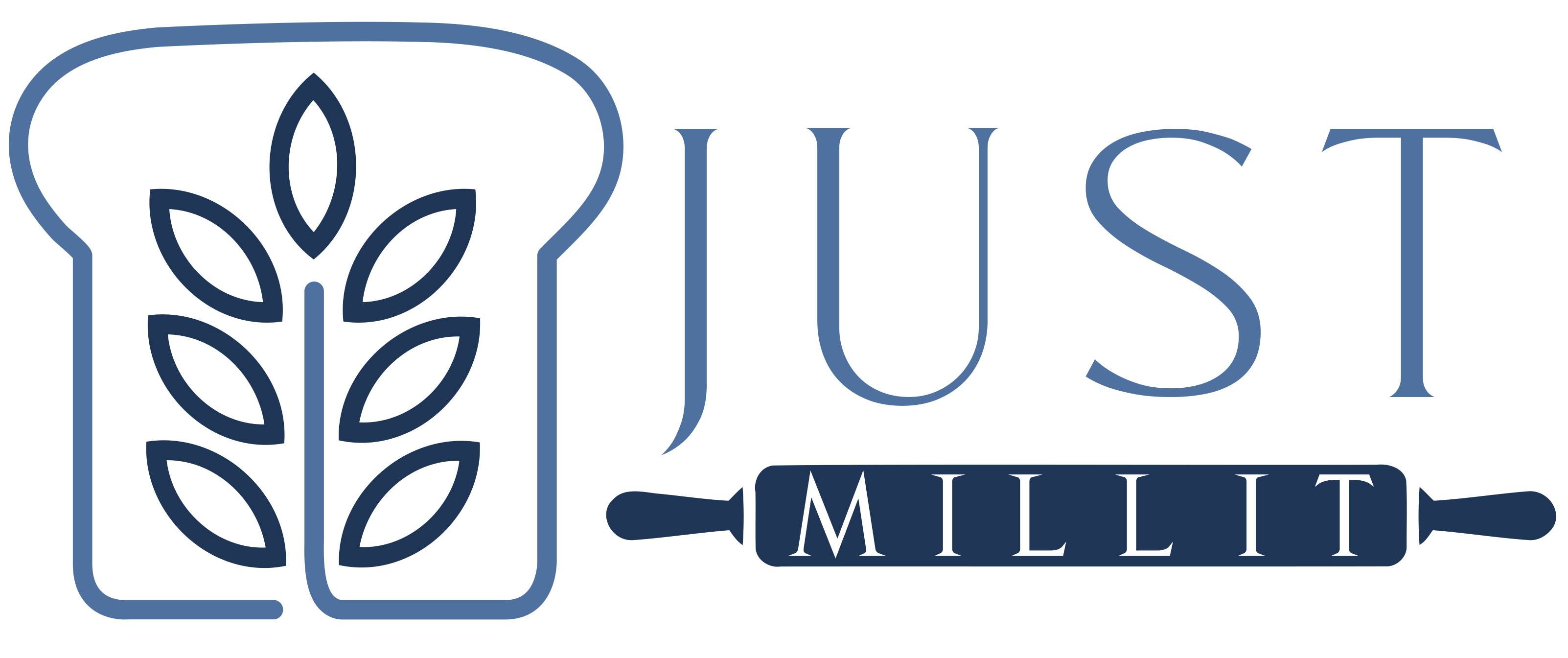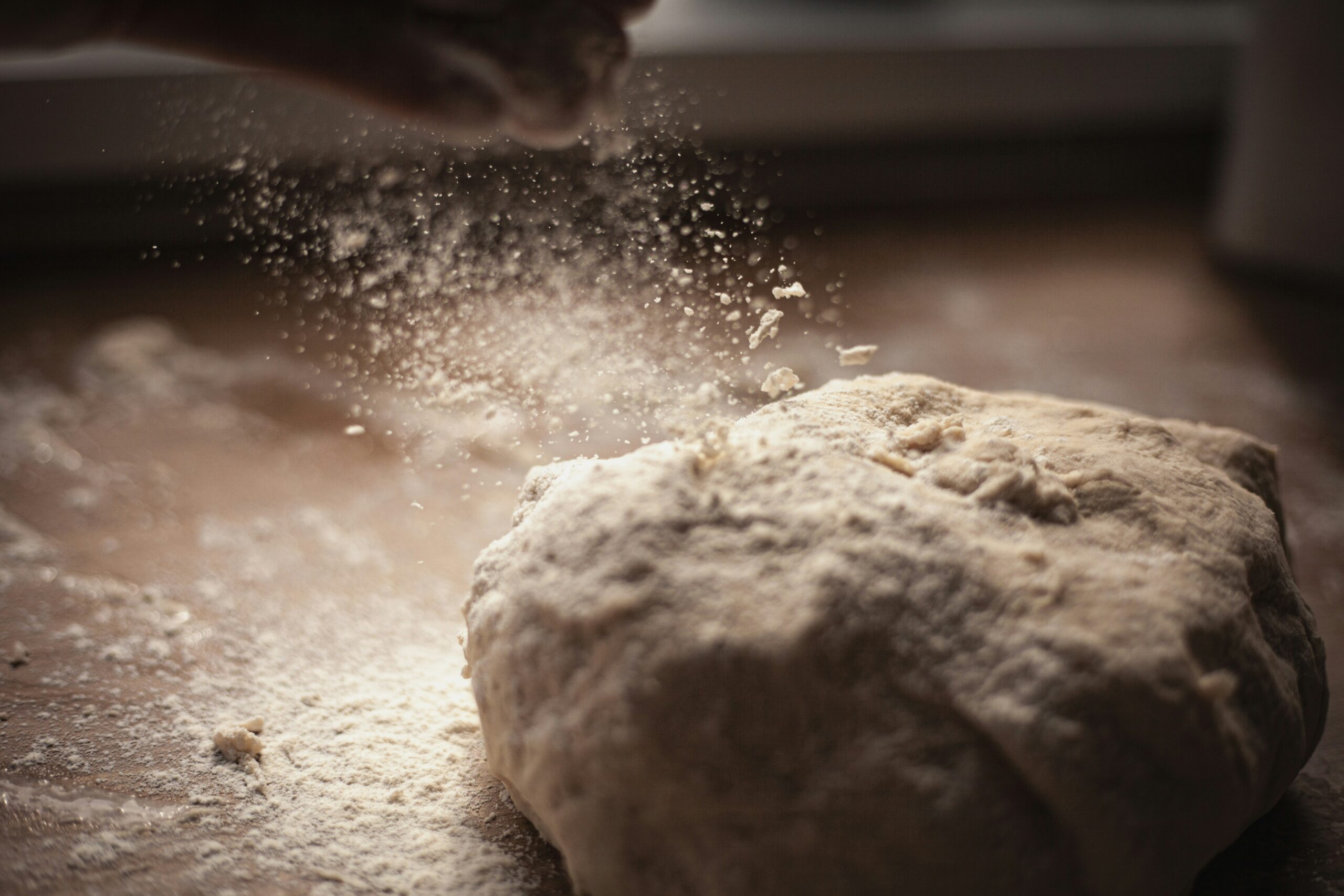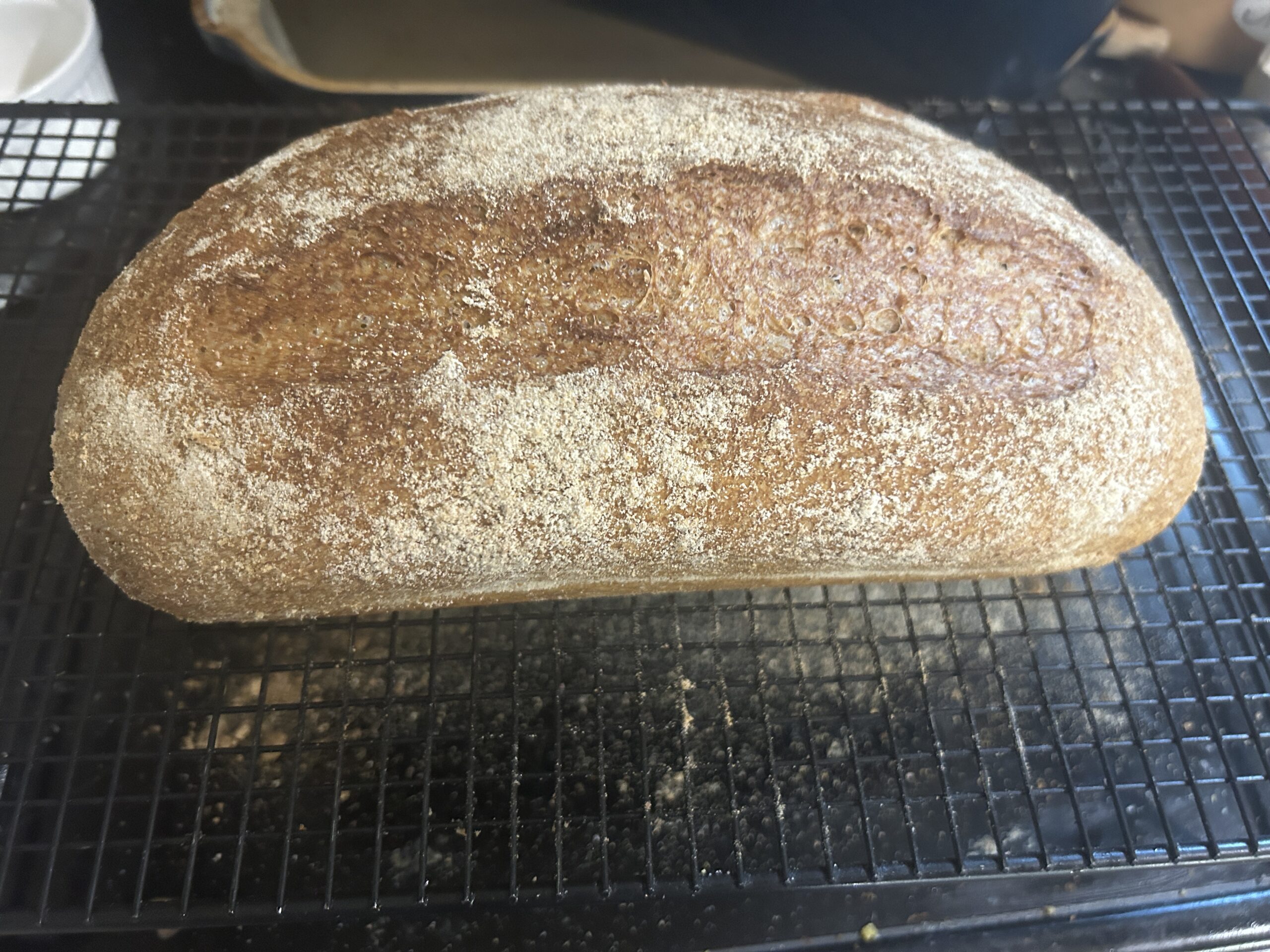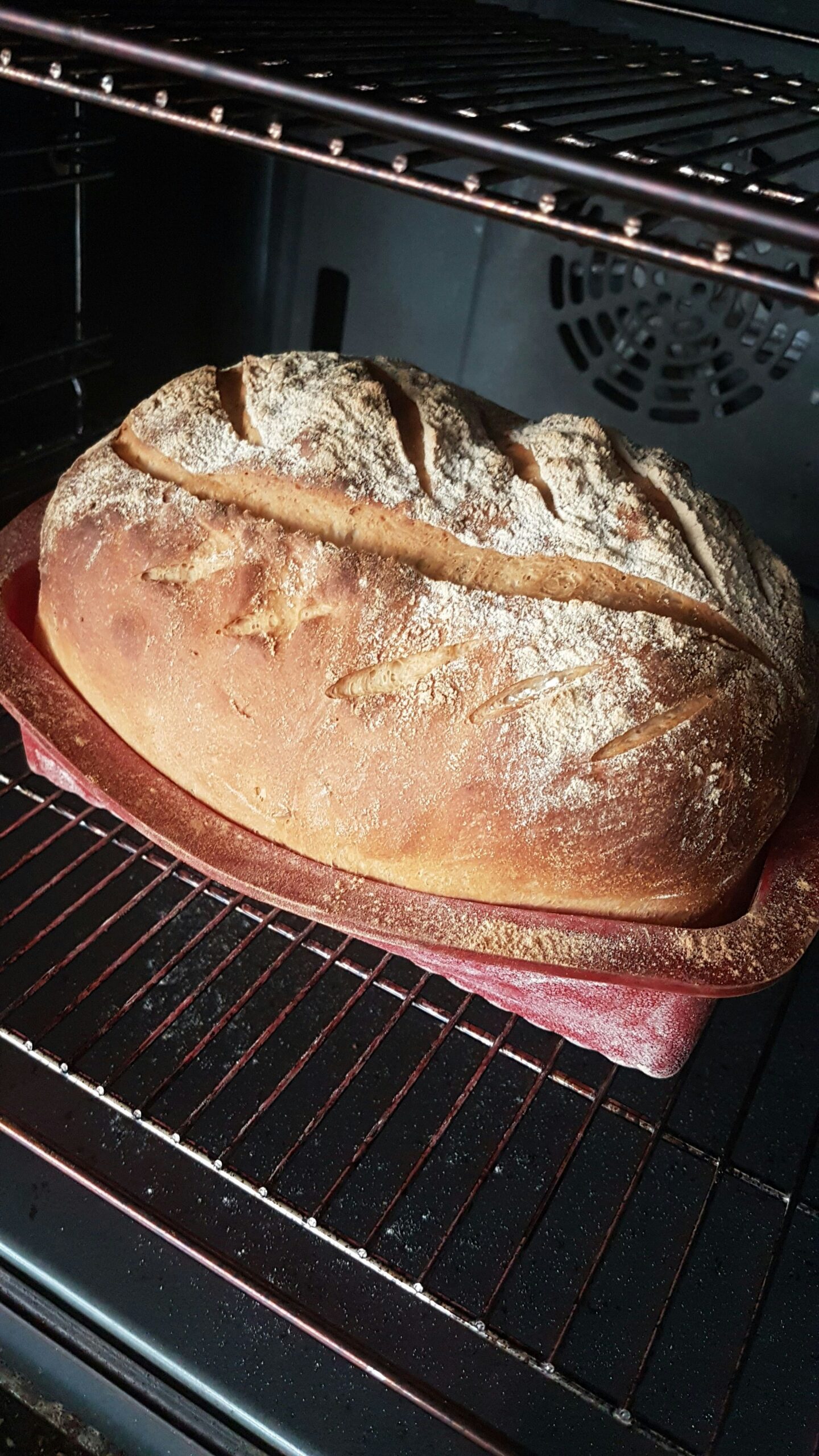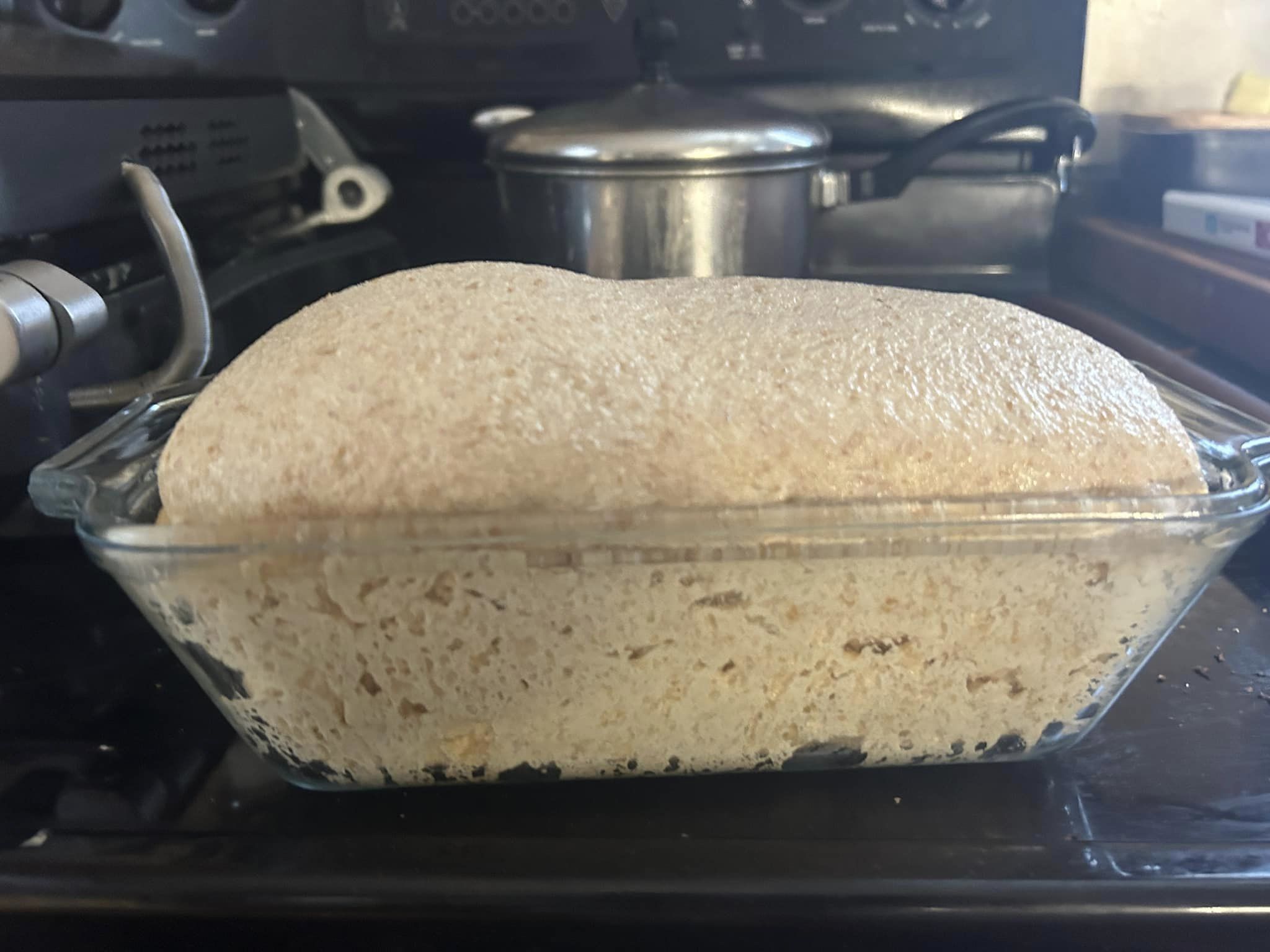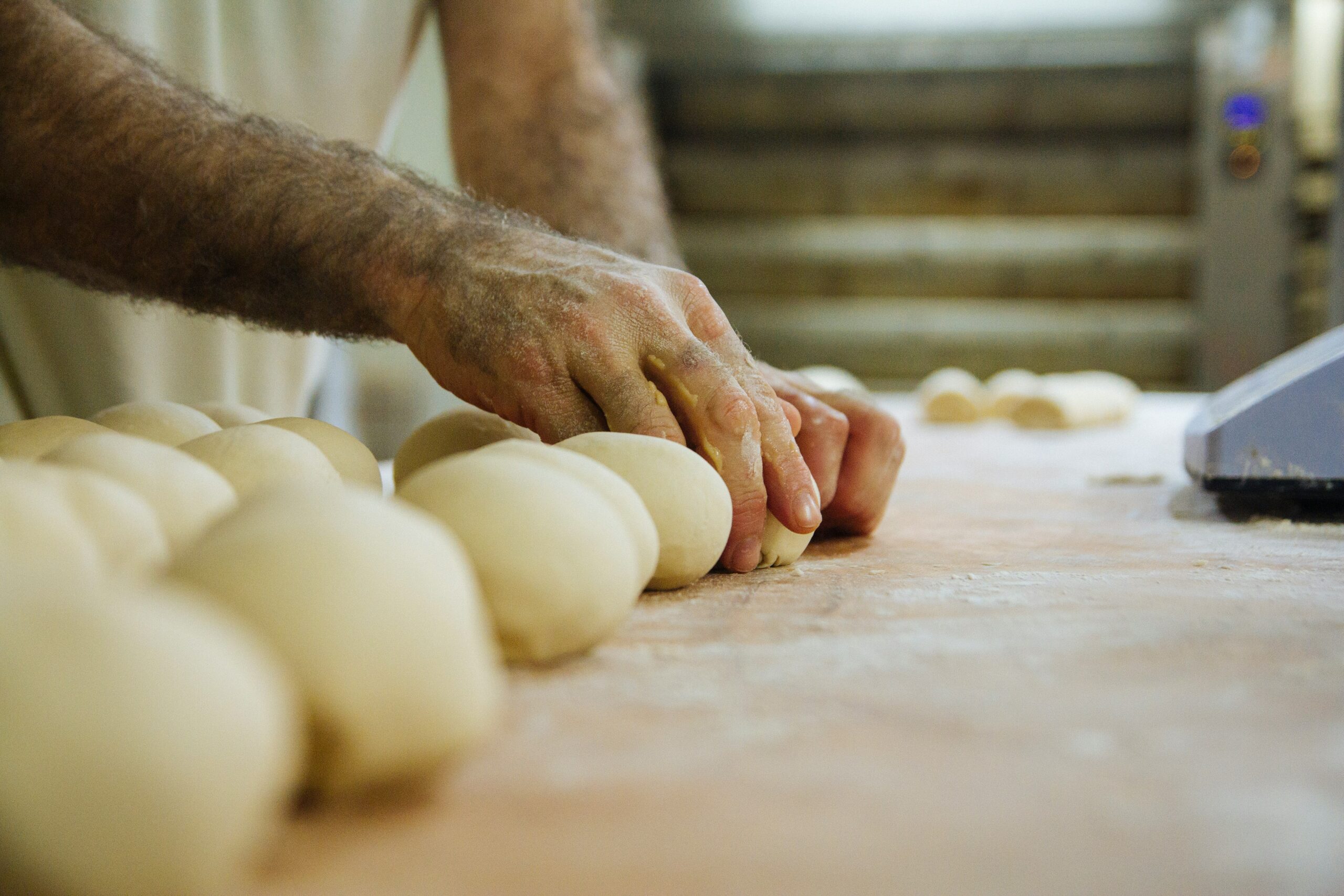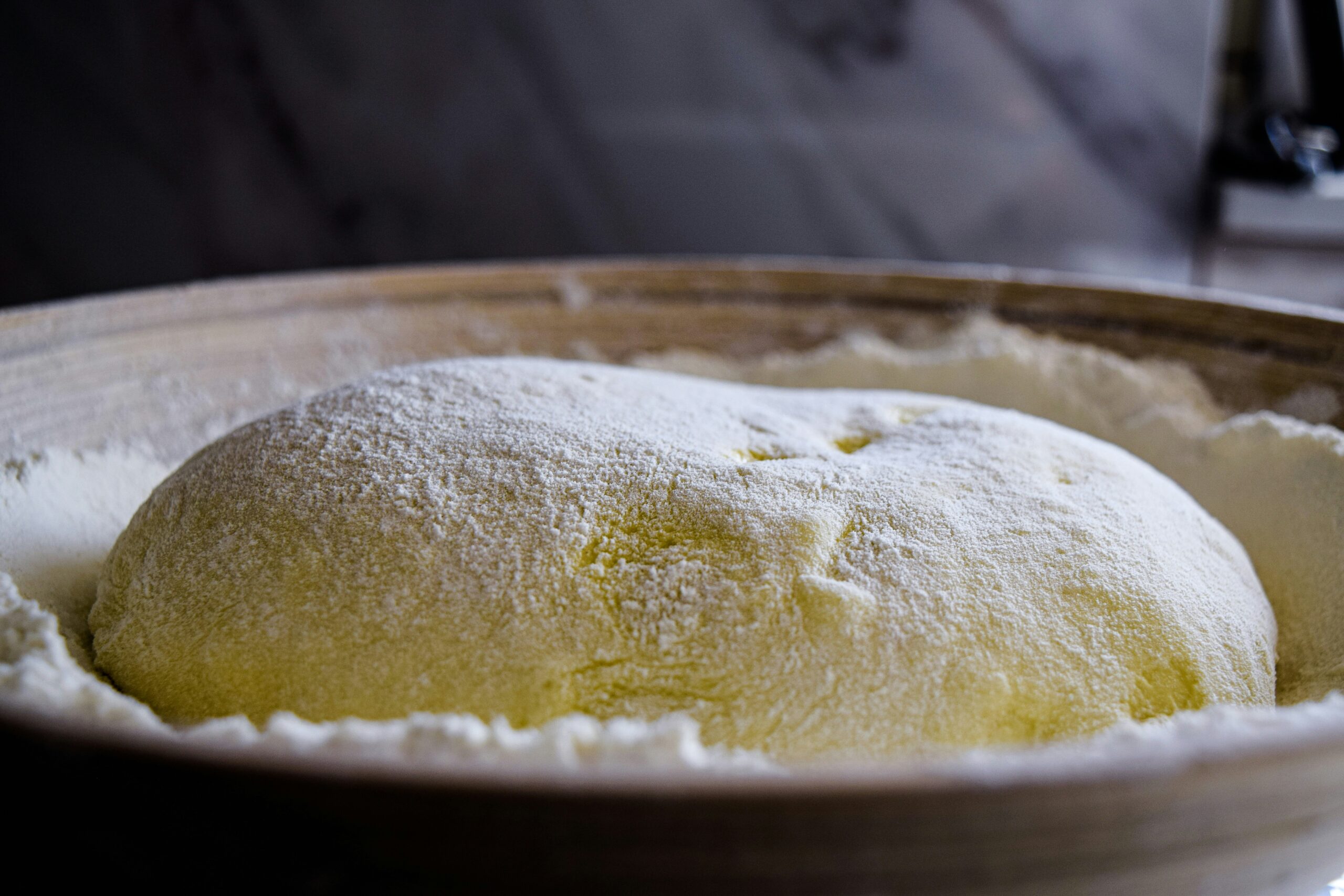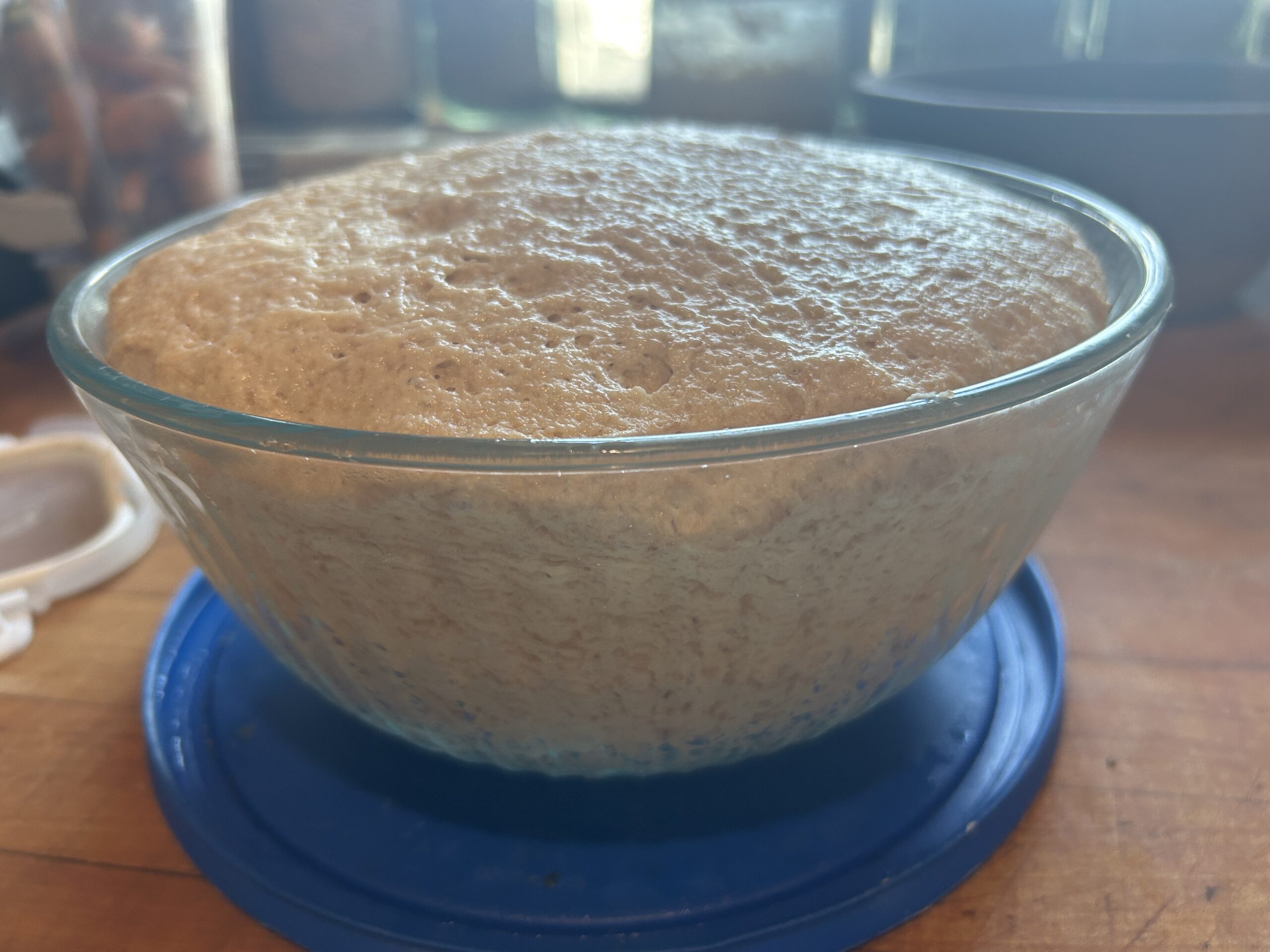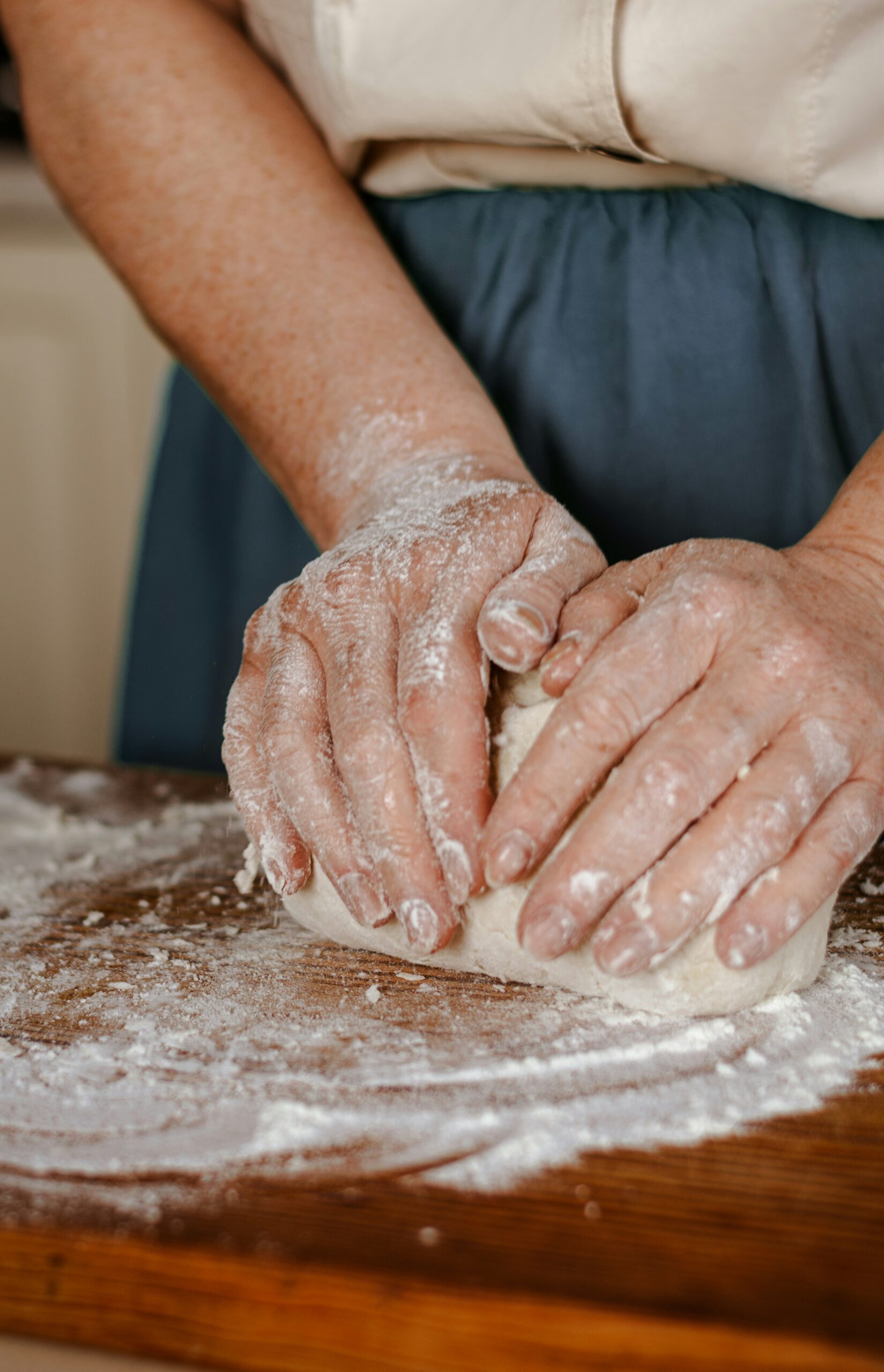The Fresh Milled Bread Method
The journey into baking with freshly milled flour begins with adjusting your expectations, especially if you’re accustomed to the soft loaves found in supermarkets. Learning the nuances takes time, but starting with the fresh milled bread method sets a solid foundation for mastering the art of baking.
